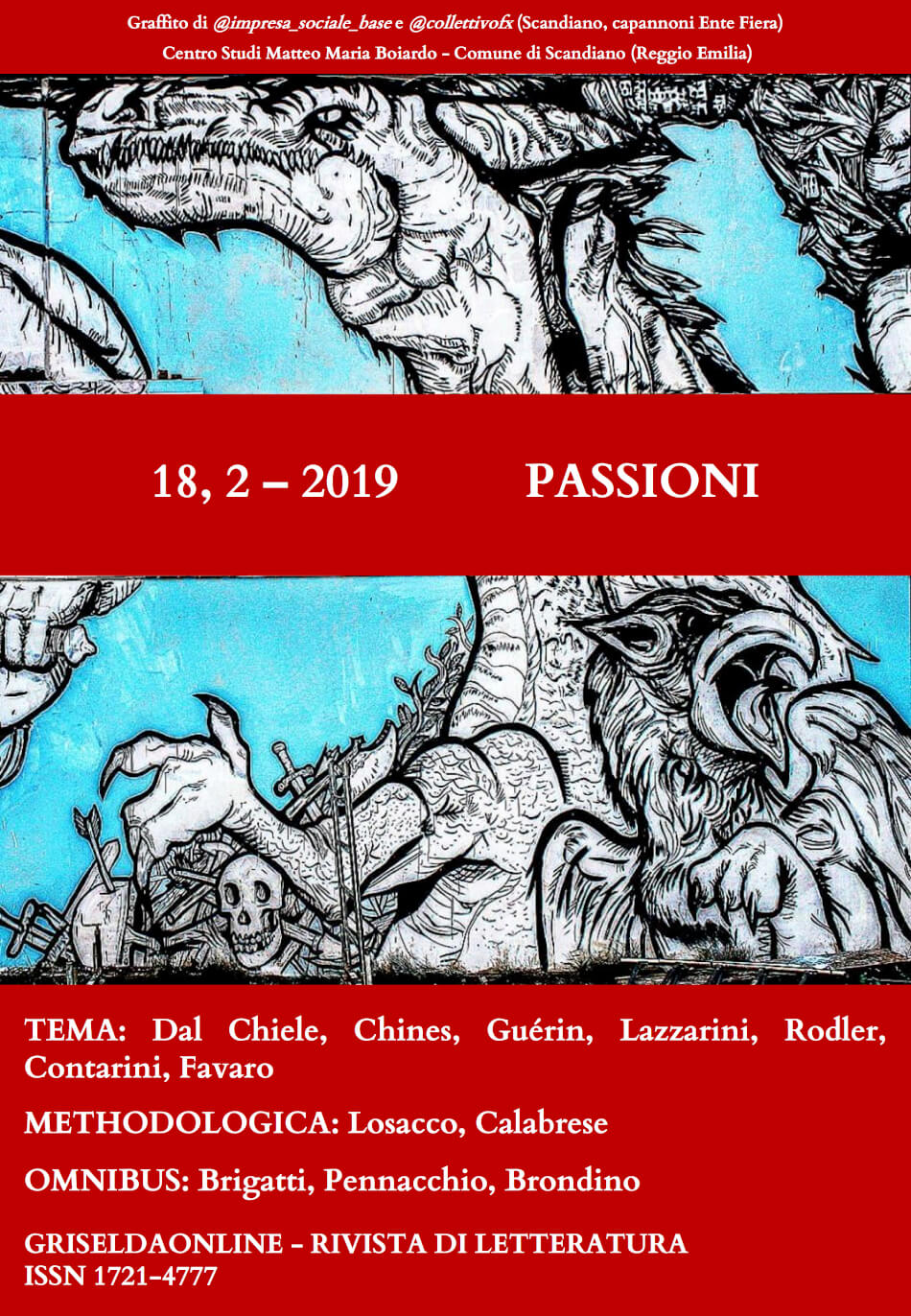La ‘graphic medicine’: curarsi con i comics
DOI:
https://doi.org/10.6092/issn.1721-4777/9792Keywords:
graphic novel, catarsi, patografie, malattie oncologiche, sindrome da stress post-traumaticoAbstract
The doctor-patient relationship and the improvement of the patients’ health conditions through storytelling multiple forms, from cinema to digital diaries, is the current research issue of the narrative medicine. Recently the graphic medicine has been establishing itself as a form of sick and disabled persons’ self-understanding. The patients transform their suffering into images as to be able to better express their condition. Indeed neuroscientists and cognitivists have shown how the empathy coefficient increases when the analogical language replaces the verbal one, since communication occurs through a progressive emotions’ physicalization. The graphic novels, narrating the diseases course, have a therapeutic function both on the authors who decide to tell about themselves in first or third person, as well as on the readers, in which the scientific community currently detects empathic identifications and consequent cathartic processes.
Downloads
Published
How to Cite
Issue
Section
License
Copyright (c) 2019 Stefano Calabrese
Salvo dove altrimenti specificato, i diritti d'autore di tutti i testi nella rivista appartengono ai rispettivi autori senza restrizioni.
La rivista è rilasciata sotto una licenza Creative Commons Attribuzione - Condividi allo stesso modo 4.0 Internazionale (licenza completa).
Vedere anche la nostra Open Access Policy.
Metadati
Tutti i metadati dei materiali pubblicati sono rilasciati in pubblico dominio e possono essere utilizzati da ognuno per qualsiasi scopo. Questi includono i riferimenti bibliografici.
I metadati – riferimenti bibliografici inclusi – possono essere riutilizzati in qualsiasi formato senza ulteriori autorizzazioni, incluso per scopo di lucro. Chiediamo cortesemente agli utenti di includere un collegamento ai metadati originali.







